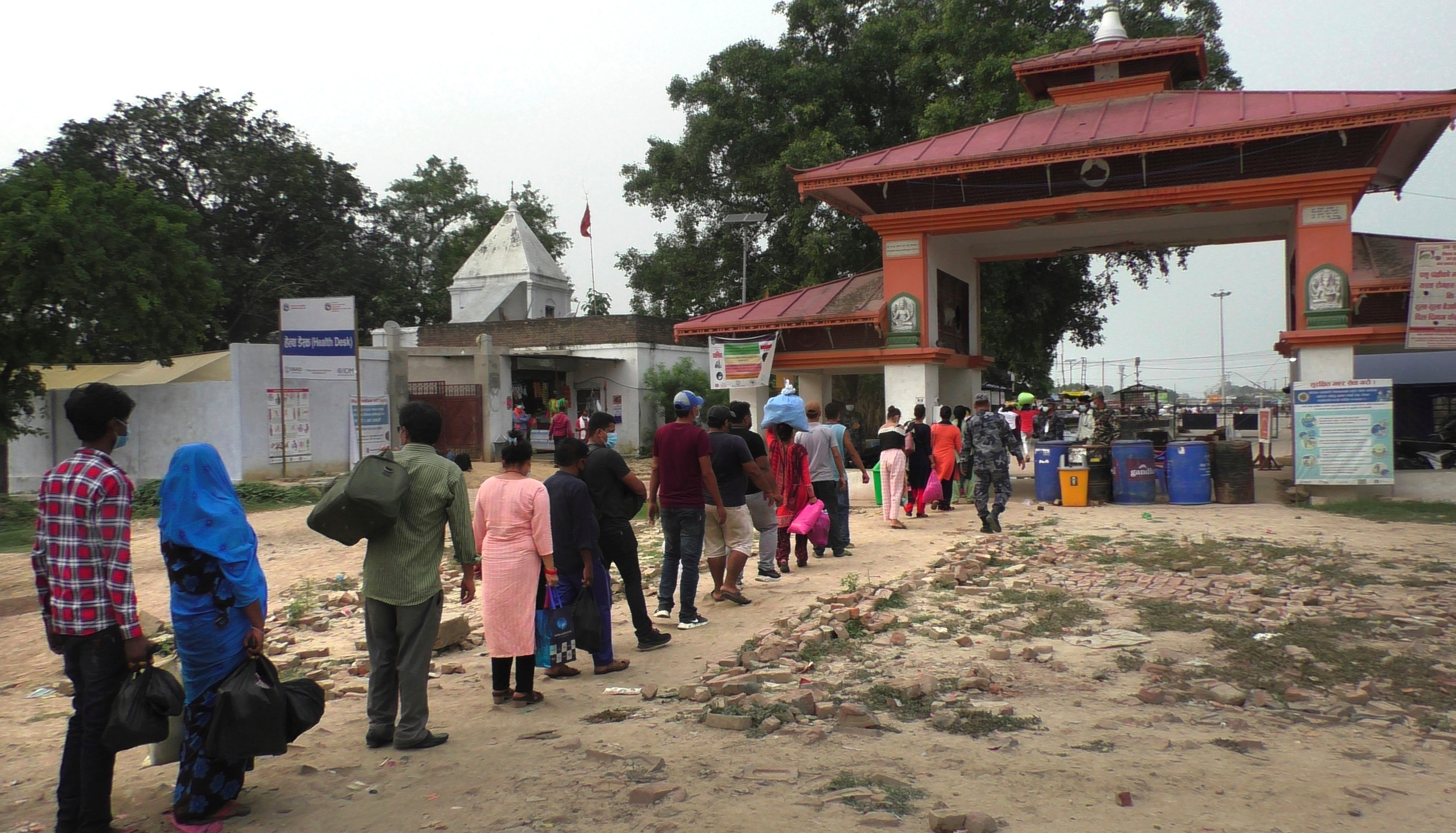US doses arrive as Nepal struggles to vaccinate population
A shipment of 1.5 million doses of Johnson and Johnson vaccine donated by the United States has arrived in Nepal, which is struggling to inoculate its population against the coronavirus

Your support helps us to tell the story
From reproductive rights to climate change to Big Tech, The Independent is on the ground when the story is developing. Whether it's investigating the financials of Elon Musk's pro-Trump PAC or producing our latest documentary, 'The A Word', which shines a light on the American women fighting for reproductive rights, we know how important it is to parse out the facts from the messaging.
At such a critical moment in US history, we need reporters on the ground. Your donation allows us to keep sending journalists to speak to both sides of the story.
The Independent is trusted by Americans across the entire political spectrum. And unlike many other quality news outlets, we choose not to lock Americans out of our reporting and analysis with paywalls. We believe quality journalism should be available to everyone, paid for by those who can afford it.
Your support makes all the difference.A shipment of 1.5 million doses of Johnson and Johnson vaccine donated by the United States arrived Monday in Nepal, which is struggling to inoculate its population against the coronavirus.
“Today's delivery of the single-dose vaccine means that this single donation is enough to protect over 1.5 million people in Nepal," U.S. Ambassador Randy Berry said at Kathmandu airport.
The U.S. is also donating vaccines to several other Asian countries, including Indonesia, Malaysia and Thailand.
Health Minister Krishna Gopal Shrestha said the shipment, obtained through the U.N.-backed COVAX vaccine facility, would be given to people between the ages of 50 and 54.
Though situated between India and China which are among the biggest producers of vaccines, Nepal has been struggling to obtain doses.
It began its vaccination campaign in January, but less than 3% of its population has been fully inoculated. The campaign stalled after India was hit by a devastating coronavirus outbreak and cut off exports of Indian-made vaccines, including 1 million doses which Nepal had already paid for.
Since then, China has donated 1.8 million doses of Sinopharm vaccine and is selling Nepal about 4 million more doses this month.
Nepal faced its own coronavirus outbreak in April which prompted authorities to impose a two-month lockdown. That brought down the number of cases, but an easing of restrictions now is raising concern about a new outbreak with so few people vaccinated. Thousands of people also cross the border with India every day without health checks to seek work there or return home.
There are official checkpoints on the main routes across the 1,800-kilometer (1,125-mile) border, but it is easy to walk across much of the unguarded portion.
“We are very likely to be hit by a third wave of COVID-19 because we have a very porous border and only a small number of people have received the vaccine,” said Dr. Rajan Pandey of Bheri Hospital in the border city of Nepalgunj, 360 kilometers (225 miles) southwest of the capital, Kathmandu.
In May, the city was the first in Nepal to be hit by the new outbreak and the hospital was overwhelmed with COVID-19 cases. Patients lined up outside its doors and many were turned away or treated in ambulances or in corridors. Even doctors and nurses fell sick.